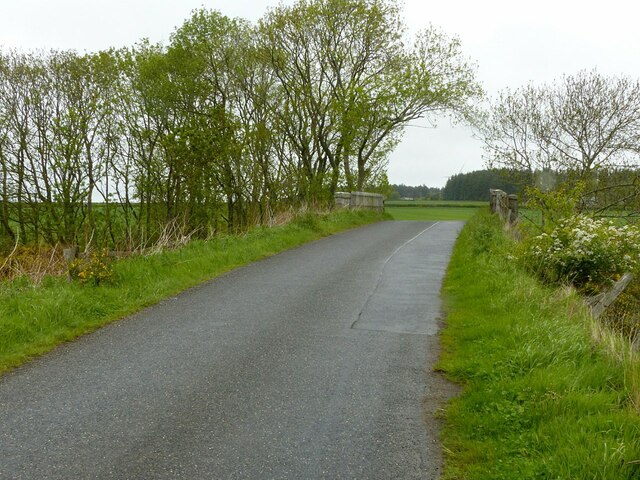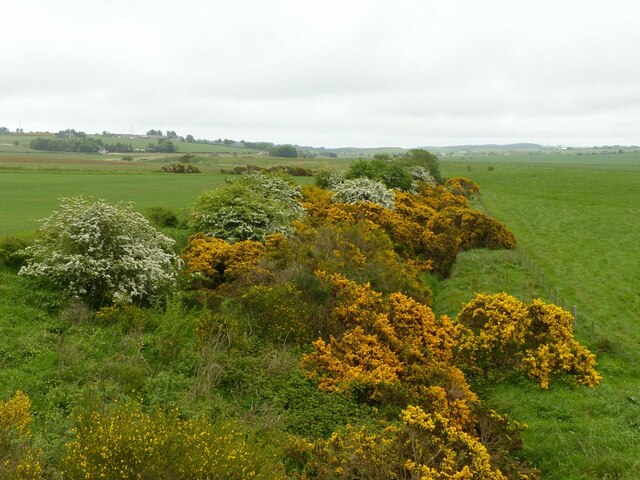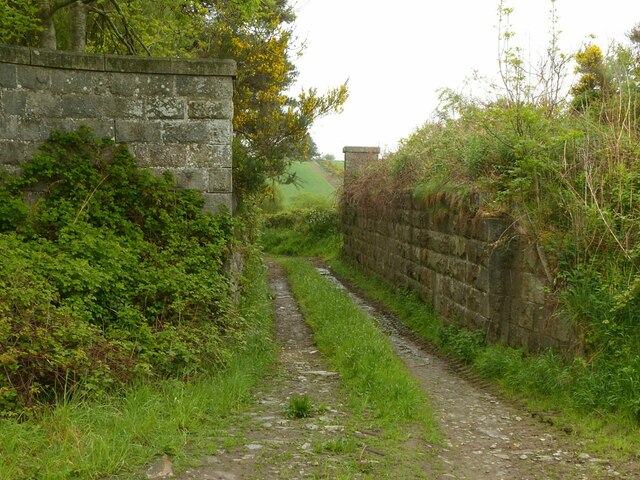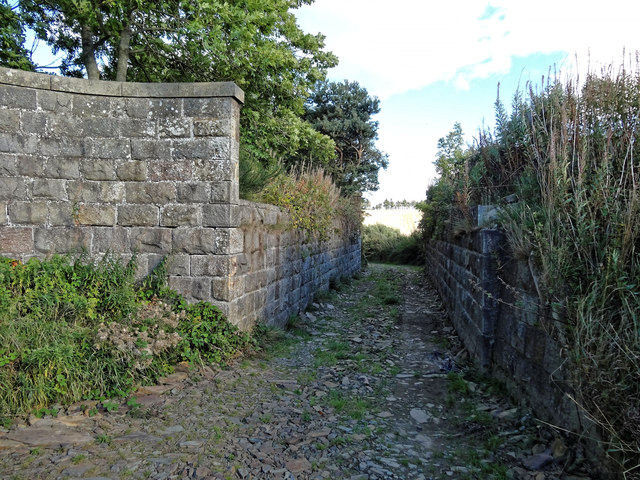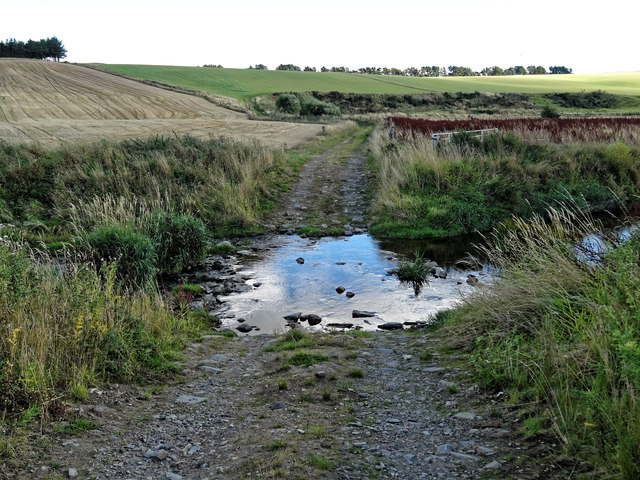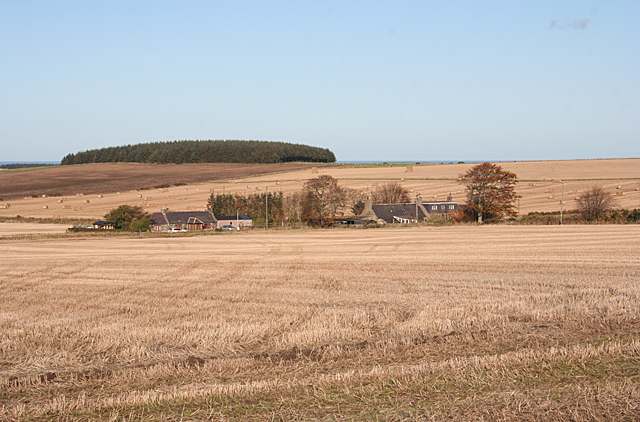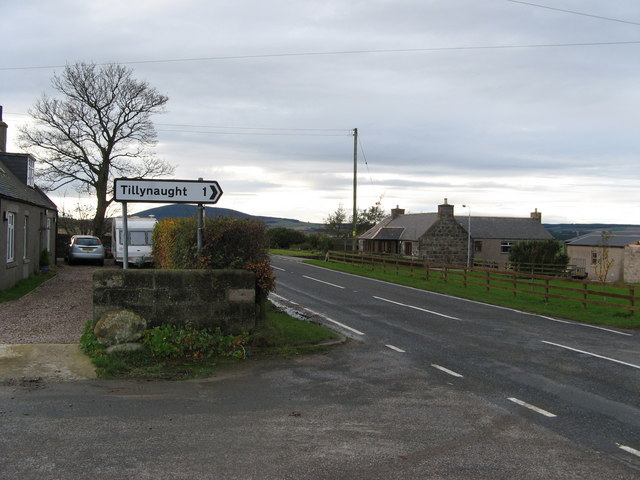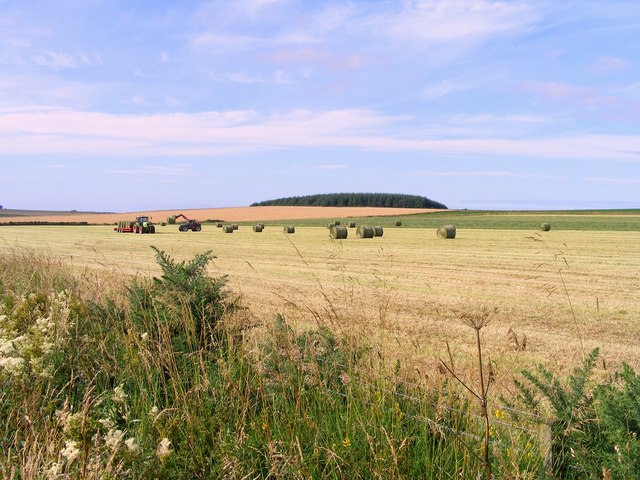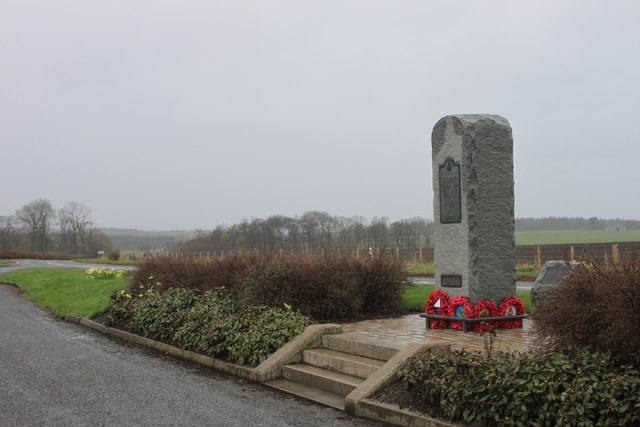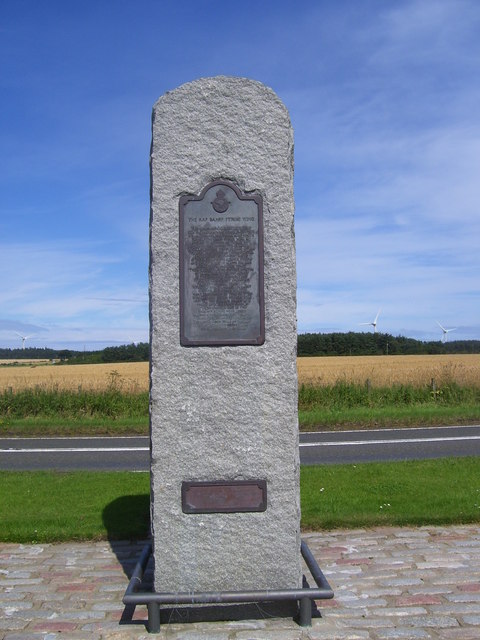St Brandan's Stanes
Heritage Site in Banffshire
Scotland
St Brandan's Stanes
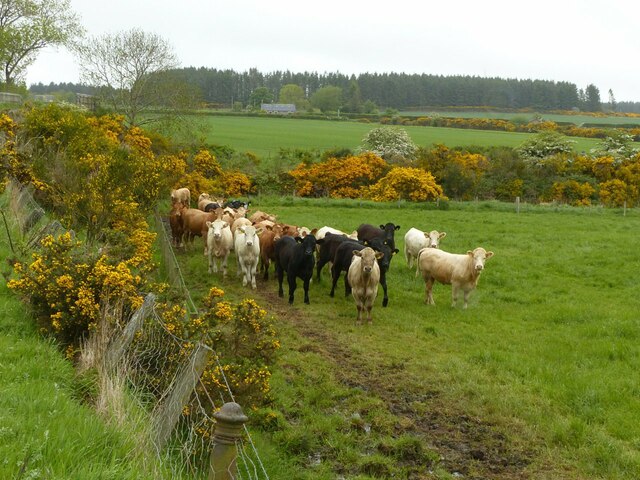
St Brandan's Stanes, located in Banffshire, Scotland, is a noteworthy heritage site renowned for its historical significance and intriguing folklore. The site consists of two ancient standing stones, believed to have been erected during the Neolithic period around 4,000 to 2,500 BC.
The stones, standing at approximately 6 feet tall, are made of red granite and are positioned about 10 feet apart. They are named after St Brandan, an Irish saint known for his voyages and missionary work during the 6th century. Legend has it that the stones were used as a marker by St Brandan himself during his travels along the coast of Scotland.
The site has attracted both archaeologists and enthusiasts interested in the history and folklore surrounding it. The stones are said to possess mystical properties, with reports of people feeling a sense of energy or experiencing unusual sensations when in close proximity to them. This has given rise to various tales and beliefs about the stones being associated with healing or spiritual practices.
St Brandan's Stanes have been recognized as a protected scheduled monument since 1971, ensuring their preservation and safeguarding against any potential damage or disturbance. They are easily accessible to the public, with a nearby parking area and a short walk to the site.
Visitors to St Brandan's Stanes can explore the surroundings, take in the scenic views of the Scottish coastline, and immerse themselves in the ancient history and folklore that permeate this intriguing heritage site.
If you have any feedback on the listing, please let us know in the comments section below.
St Brandan's Stanes Images
Images are sourced within 2km of 57.642/-2.662 or Grid Reference NJ6061. Thanks to Geograph Open Source API. All images are credited.
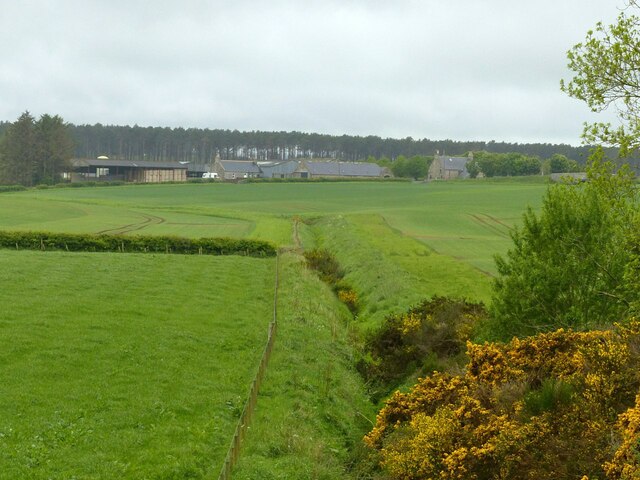
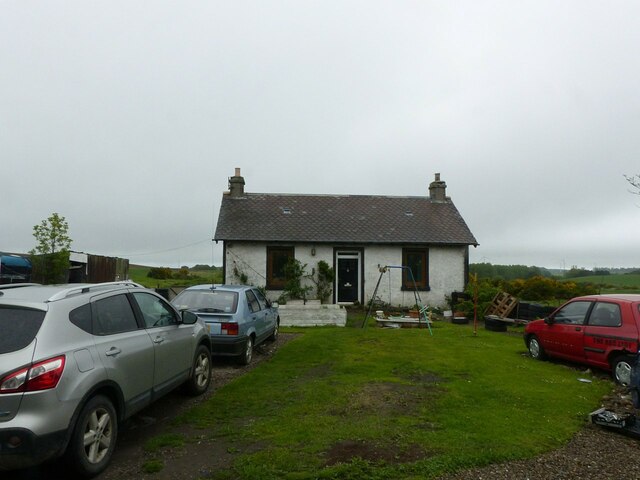
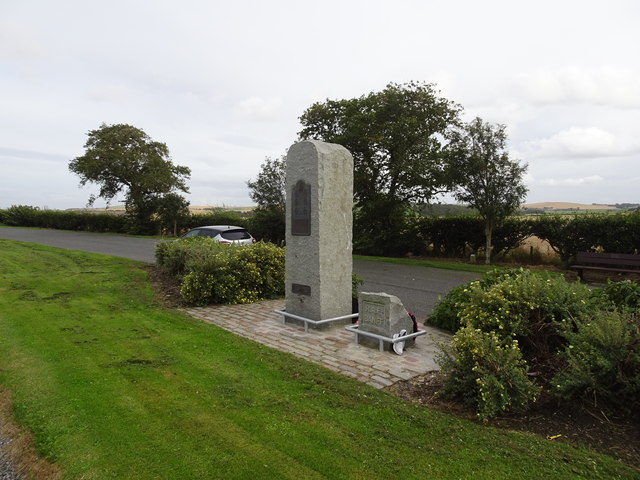
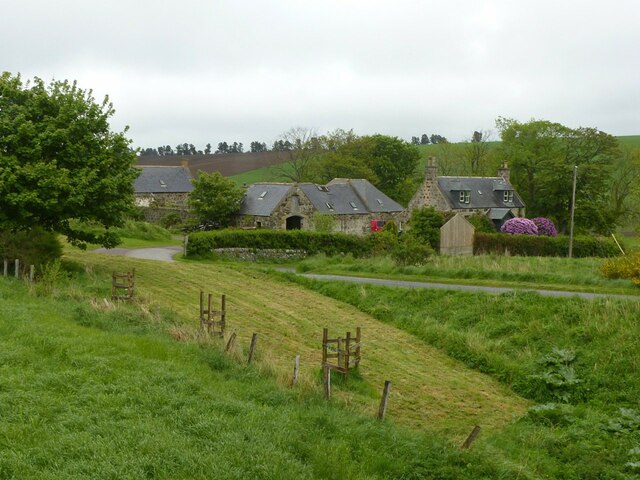
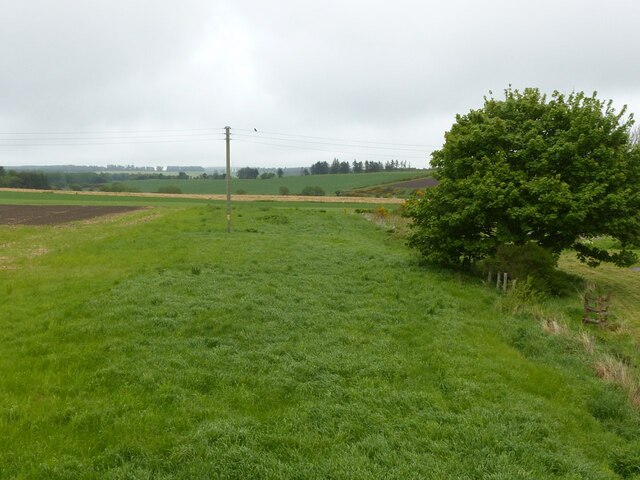
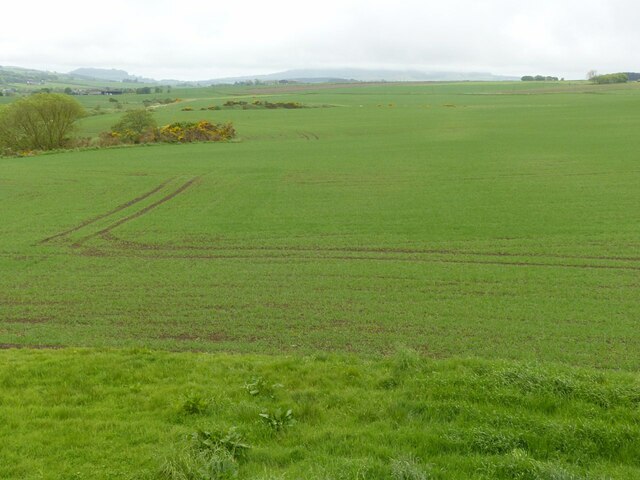
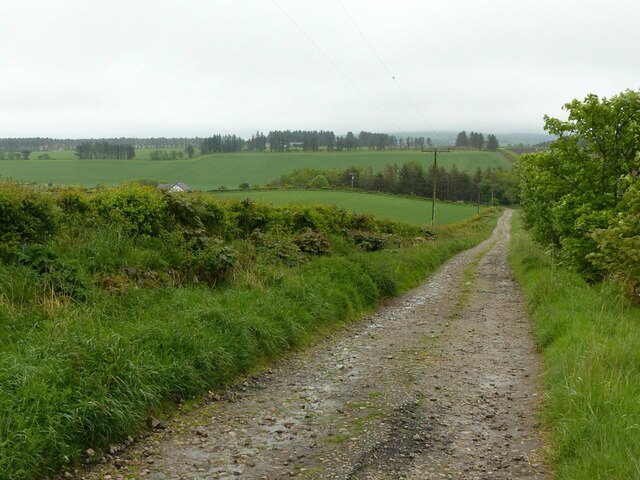
St Brandan's Stanes is located at Grid Ref: NJ6061 (Lat: 57.642, Lng: -2.662)
Unitary Authority: Aberdeenshire
Police Authority: North East
What 3 Words
///underway.conqueror.sprinting. Near Portsoy, Aberdeenshire
Nearby Locations
Related Wikis
Tillynaught railway station
Tillynaught railway station or Tillynaught Junction was a junction railway station in what is now Aberdeenshire, Parish of Fordyce, 6 miles south-west...
Ordens railway station
Ordens railway station was opened in 1859, its services restricted and renamed Ordens Platform railway station by 1911 and finally Ordens Halt railway...
RAF Banff
Royal Air Force Banff or more simply RAF Banff is a former Royal Air Force station located 4 miles (6 km) west of Banff, Aberdeenshire, Scotland and 14...
Cornhill railway station
Cornhill railway station was an intermediate stop situated on the Great North of Scotland Railway (GNoSR) line from Cairnie Junction to Tillynaught. There...
Nearby Amenities
Located within 500m of 57.642,-2.662Have you been to St Brandan's Stanes?
Leave your review of St Brandan's Stanes below (or comments, questions and feedback).
